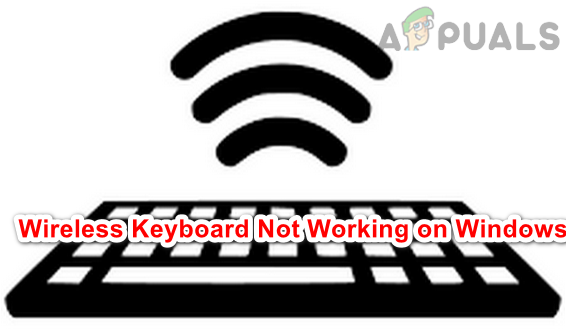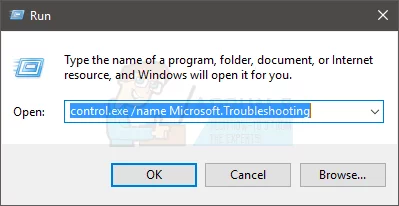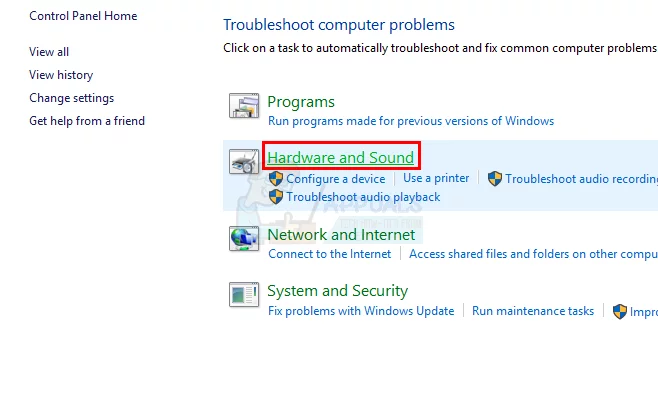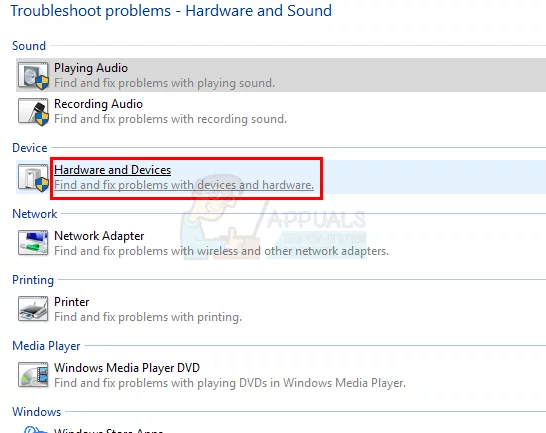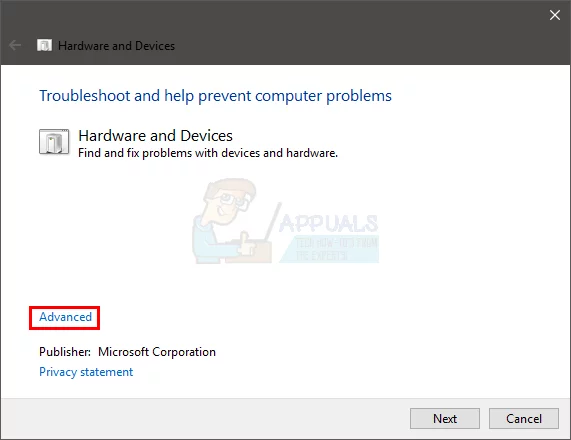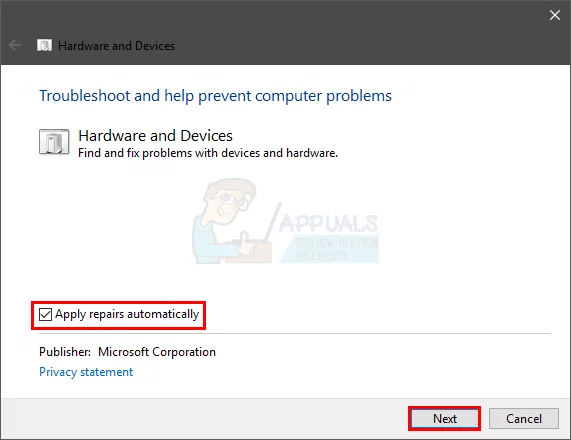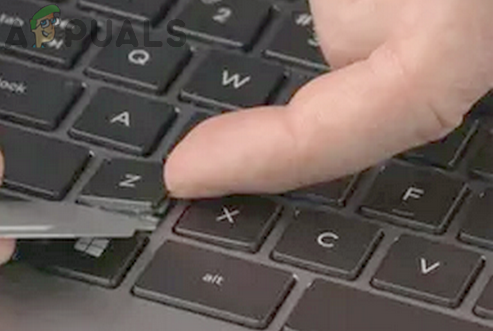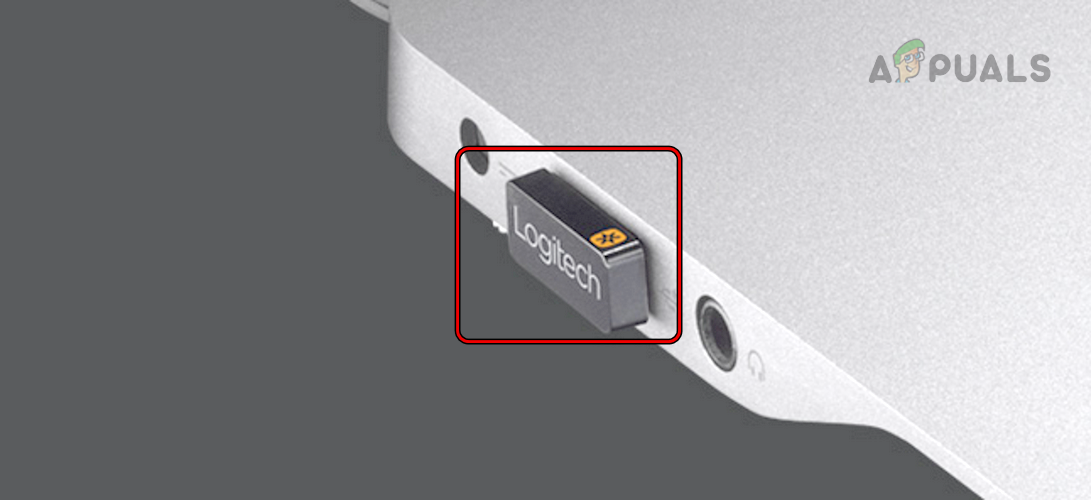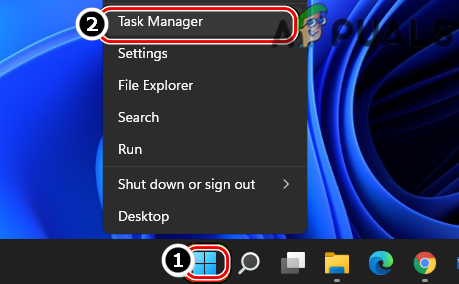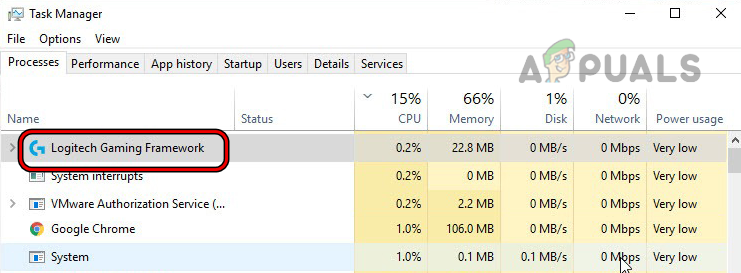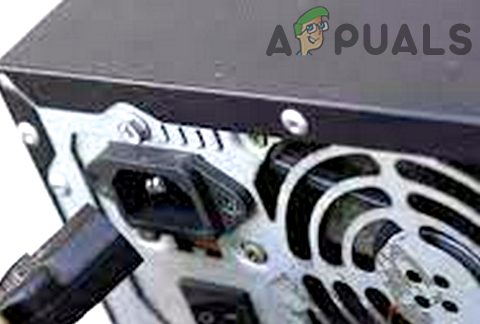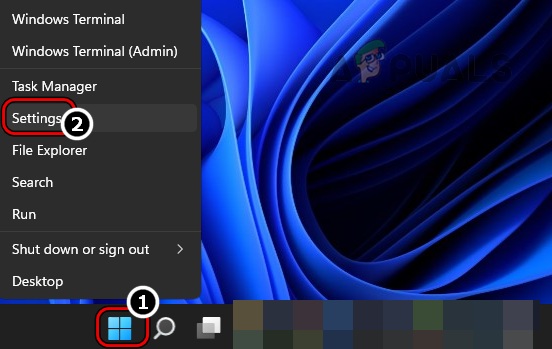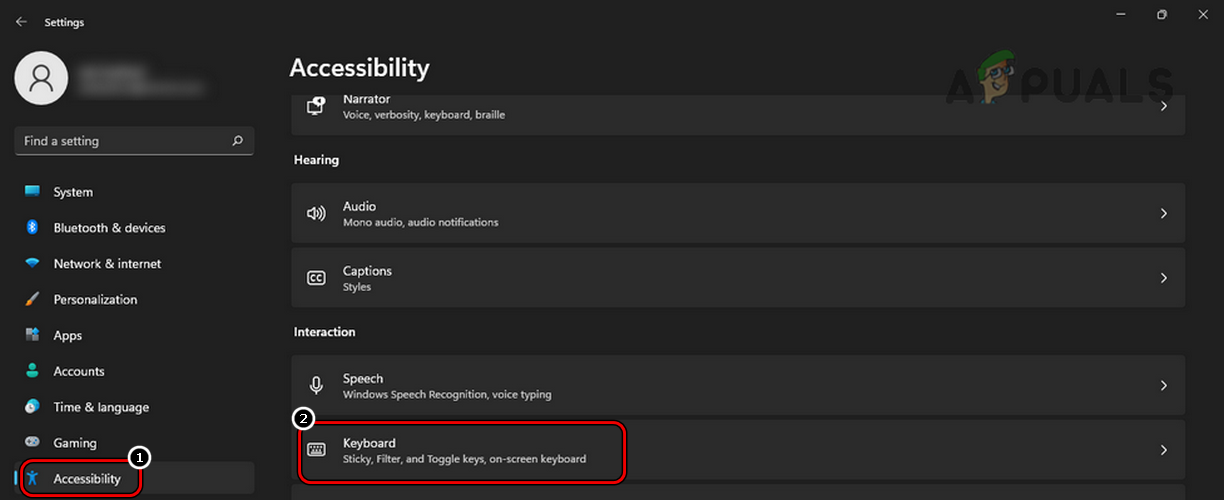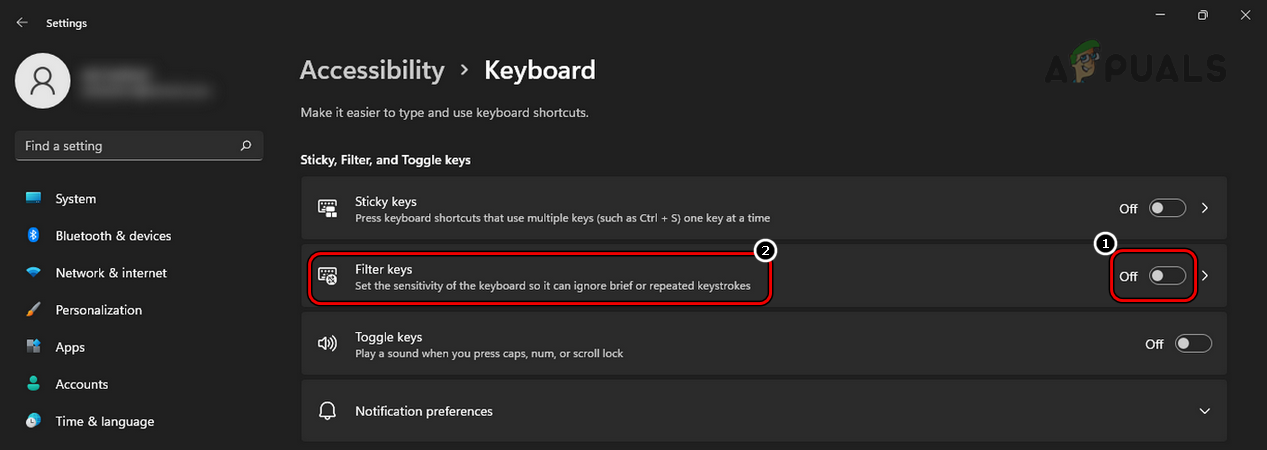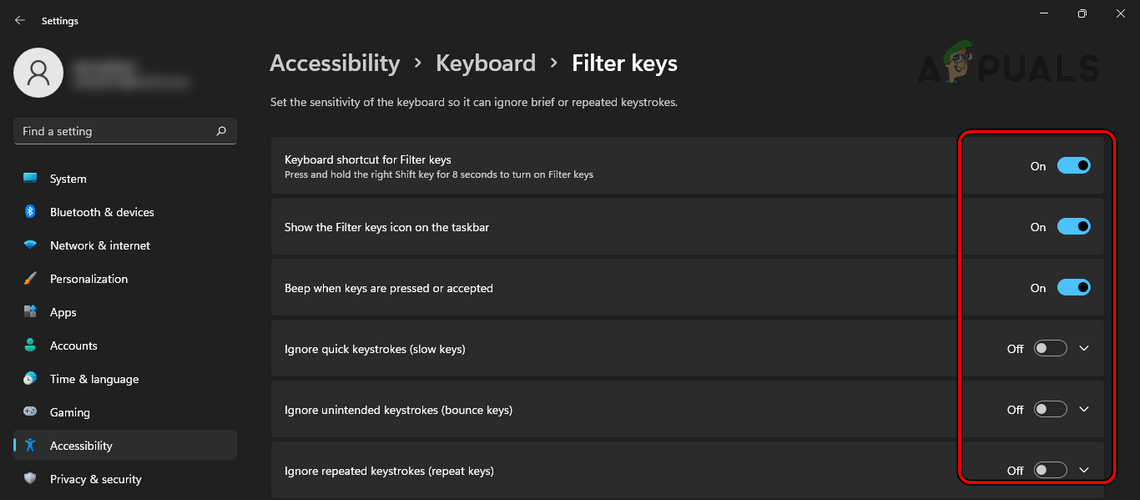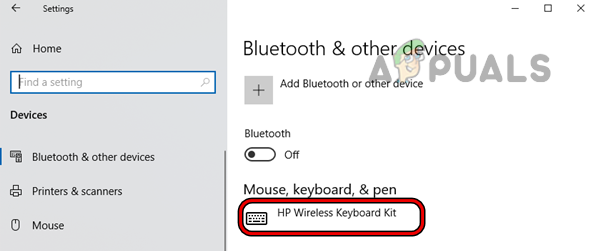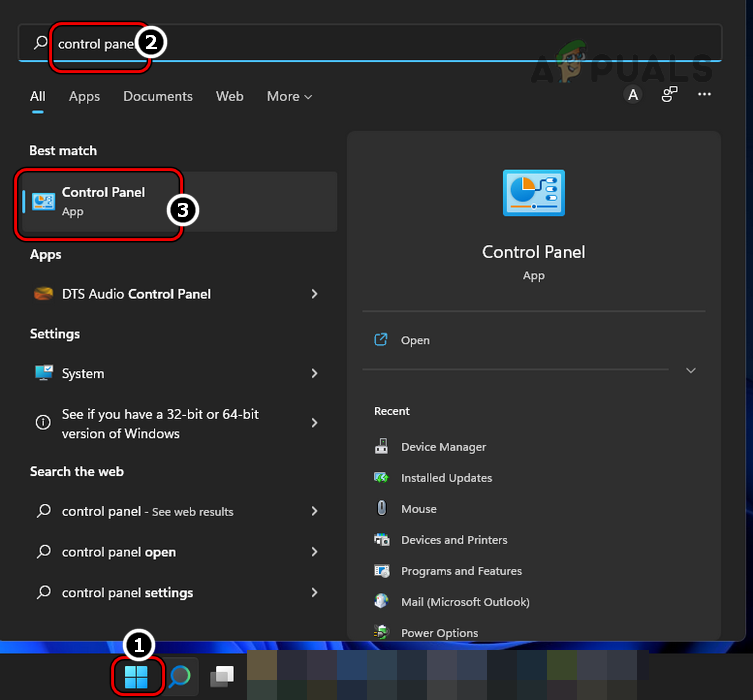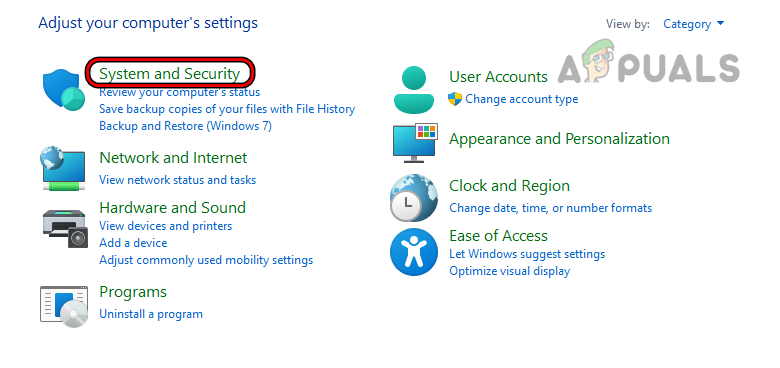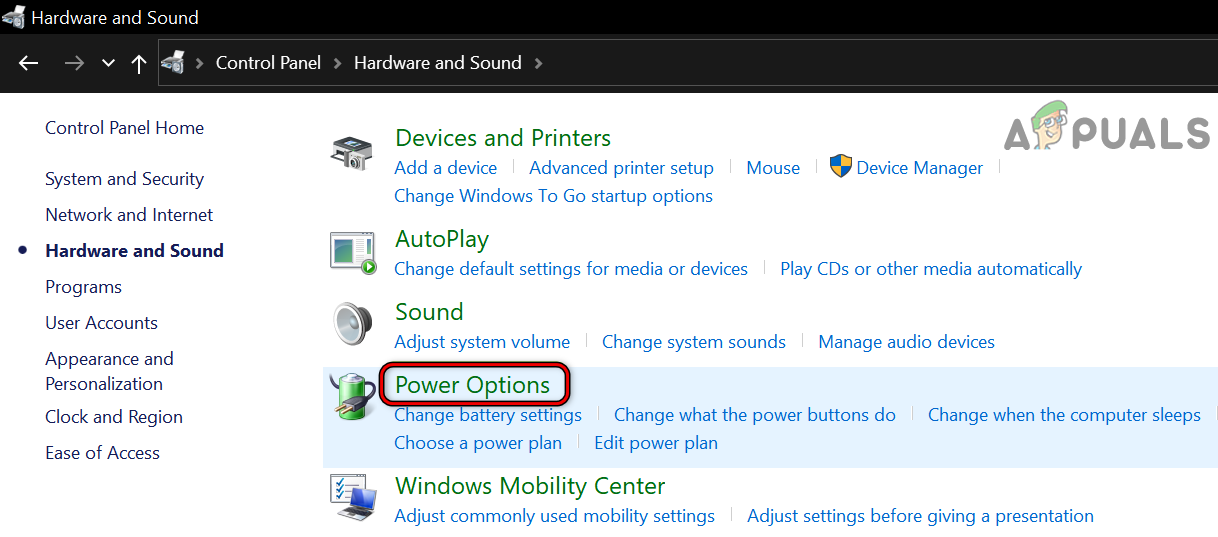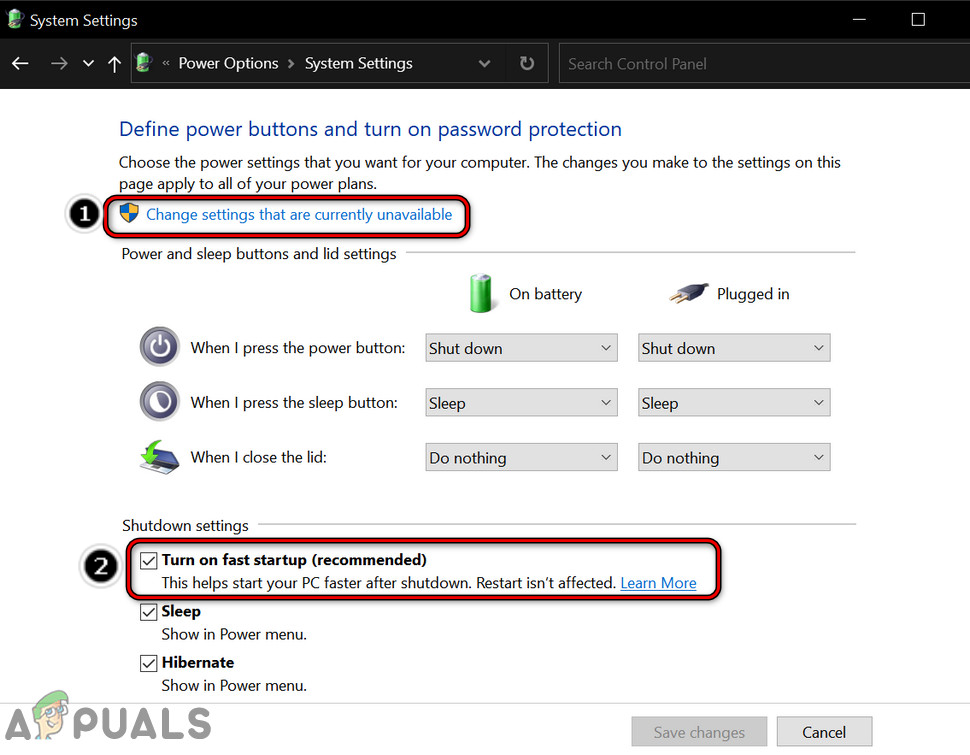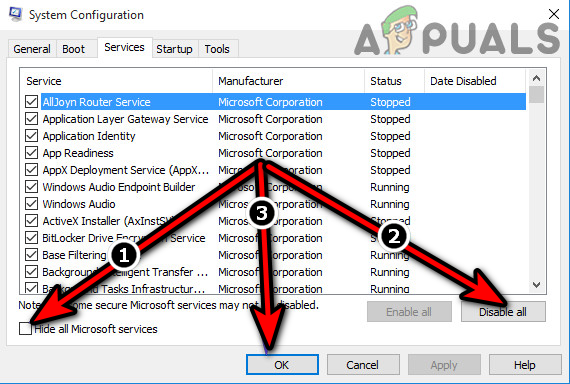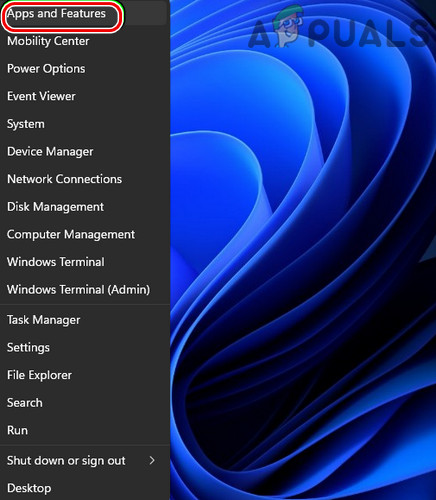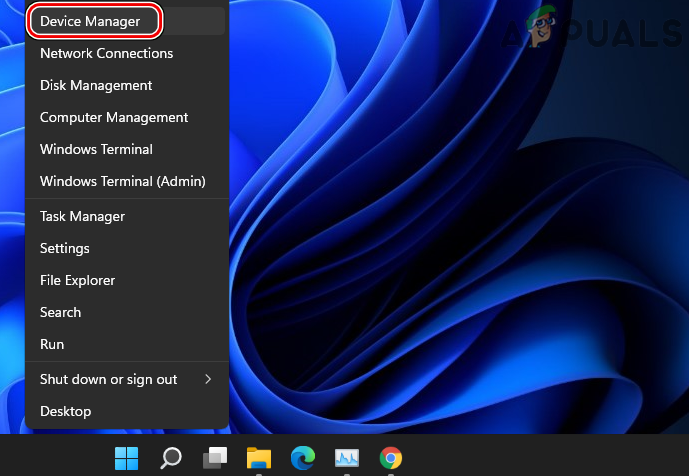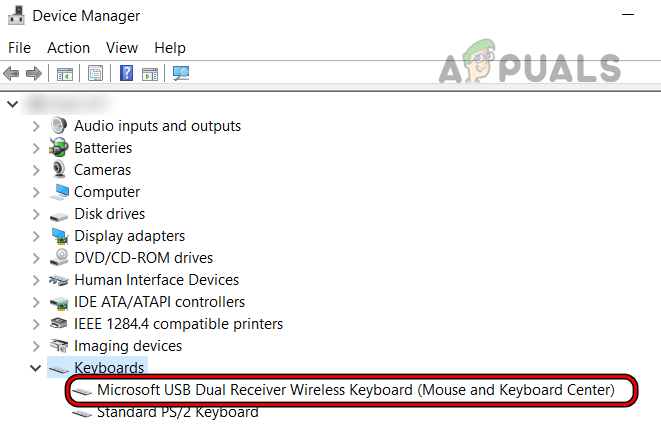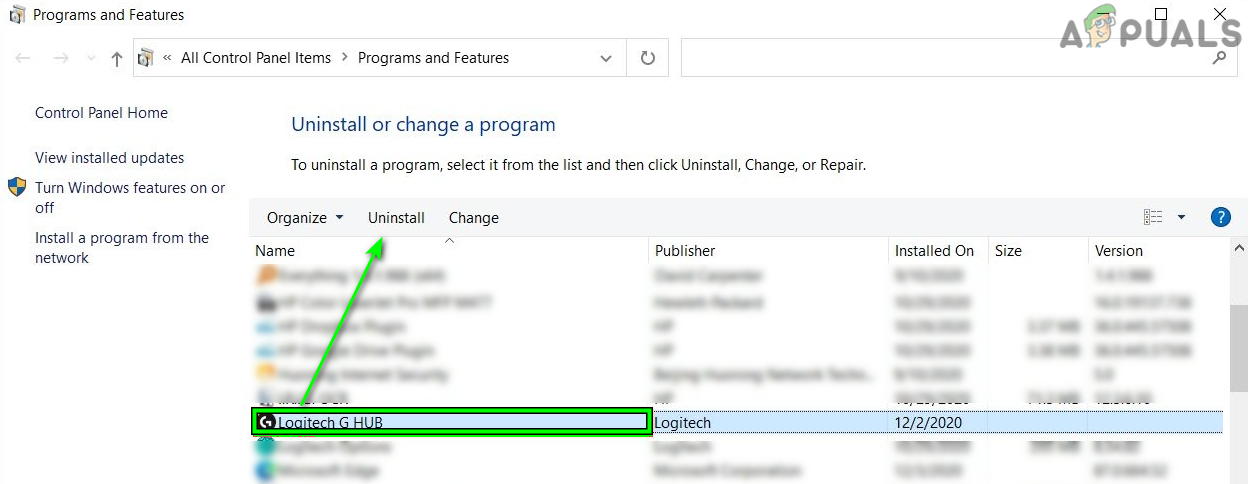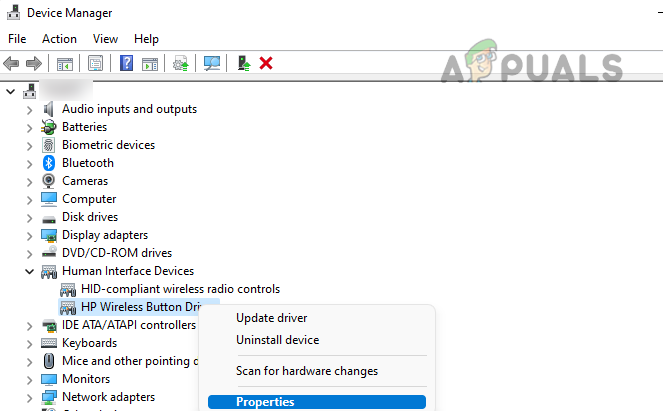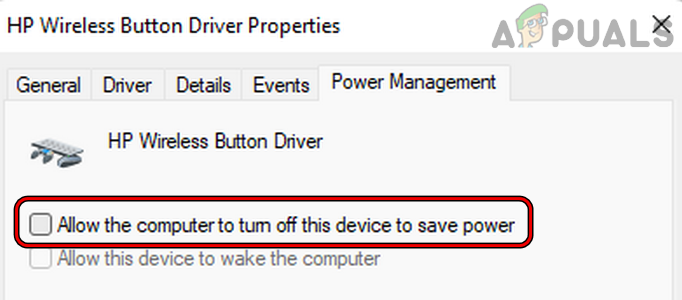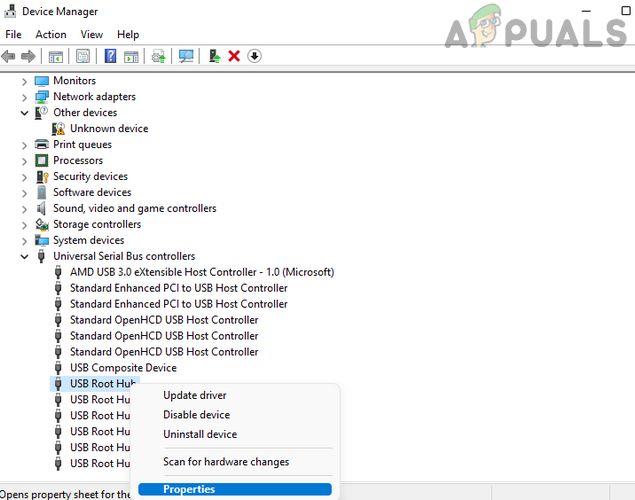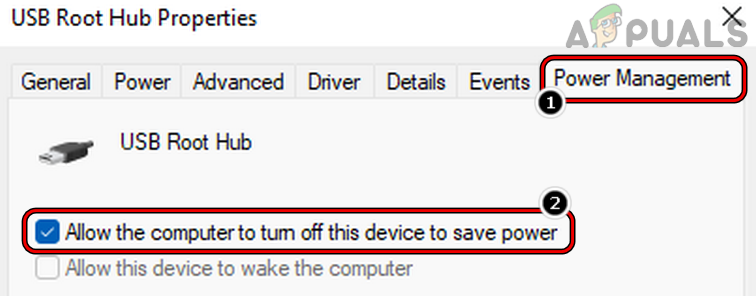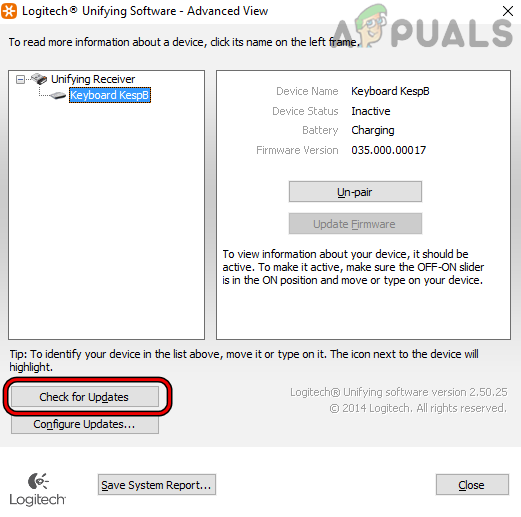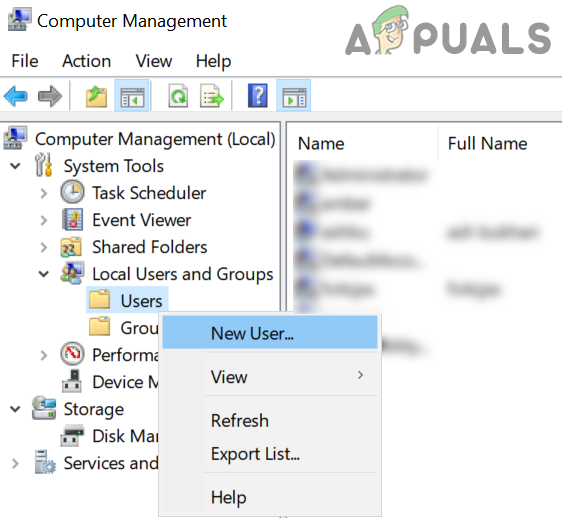A wireless keyboard might not work due to many factors but the following can be easily considered as the main ones:
1. Check Ports
The first thing you should do is check your system ports. Sometimes the issue might simply be in the port that you are plugging your keyboard receiver in. Try plugging your keyboard receiver in different ports and see if the issue is solved or not. Also, verify that there isn’t a power surge on any USB port. Note: Make sure you are connecting directly to your PC port. If you are using a USB hub then that might be faulty. So, try connecting your receiver directly.
2. Resynchronization
Resynchronizing the connection between your receiver and keyboard solves the problem as well. In many cases, the problem gets solved by reestablishing the connection of your keyboard. Here are the steps that need to be performed to resynchronize your keyboard and receiver. The problem should be gone once the receiver and keyboard are successfully resynchronized.
3. Check Batteries
Check the batteries on your keyboard. If you just bought the keyboard then make sure that there are batteries inside the keyboard. On the other hand, if you have an old keyboard then try putting a new set of batteries as the old ones might be dead.
4. Remove Interference
There are a lot of things that can cause interference between the connections of your keyboard. This should be noted especially if your keyboard connects and disconnects randomly. The things that might interfere include wireless routers, radios, big metal objects, cellphones, electrical devices, fluorescent lights, and lots more. Generally, you would want to keep electrical and metallic devices at least 8-10 inches away from the keyboard or any other wireless device. Also, make sure that you aren’t putting the keyboard or mouse on a metallic surface. Big metallic objects should be kept at least 3 feet away from wireless devices.
5. Run the Hardware Troubleshooter
If you have ruled out all the hardware connectivity issues then it’s time to use the Windows own troubleshooter to try to solve the issue. This troubleshooter will automatically detect any problems you might have. Wait for the system to search and detect any problems. It will automatically find and resolve any issue that might be causing these problems. Once it is done, follow any additional on-screen instructions. If the troubleshooter gives you an error then you can look up the solution for that too.
6. Release the Stuck Keys on the Wireless Keyboard
If a key on your wireless keyboard is stuck in its press position, then that continuous signal from the pressed key may cause the wireless keyboard issue at hand. In this case, releasing the stuck keys on the wireless keyboard may solve the problem.
7. Re-plug the Wireless Dongle into the System
A temporary communication glitch between the wireless keyboard and its USB dongle may cause the non-functioning of the keyboard. Here, re-plugging the wireless dongle into the system may solve the problem.
8. Perform a Cold Restart of the System
If a glitch occurs between the system and keyboard communication but the static current present on the system is not letting the related modules reset properly, then that could result in the wireless keyboard issue under discussion. In this case, performing a cold restart of the system may remove the static current from the PC’s components and thus solve the problem.
9. Disable Filter Keys in the Control Panel
Your Windows system is equipped with the Filter Keys accessibility option which helps people for whom it is difficult to hold multiple keys at once. To do so, this feature adjusts the response of your keyboard and ignores the repeated key presses. A wireless keyboard may glitch out and stop working properly if the system’s Filters Keys feature is hindering its operation. In this scenario, disabling the Filter Keys feature may resolve the keyboard issue.
10. Remove and add back the Wireless Keyboard to the System’s Devices
If the Device’s modules of your Windows system are glitched out and are not letting the input components of the OS work properly, then that may cause the keyboard issue at hand. Here, removing and adding back the wireless keyboard to the system’s devices may solve the problem.
11. Disable the Fast Startup Feature of Your System
Your Windows system is equipped with a Fast Startup feature which reduces the boot time of the system by powering off the system in a mixed state of hibernation and sleep. If this feature is enabled (usually, enabled by default on Windows), then a glitch that caused the issue can carry on to multiple restarts, resulting in the issue under discussion. In this context, disabling the Fast Startup of the system may solve the wireless keyboard issue.
12. Perform a Clean Boot of the System and Uninstall the Conflicting Applications
Your wireless keyboard might fail to work if another application (like an anti-keylogger on your system is hindering the system’s input modules. Here, performing a clean boot of the system may solve the keyboard problem. Comcast’s Constant Guard, especially, its anti-key logging component GuardedID is a reported culprit causing the non-functioning of wireless keyboards. If you have it (or something similar) installed on your system, then uninstalling it may clear the keyboard problem.
13. Reinstall the Wireless Keyboard Driver
The wireless keyboard may not work if its drivers on your system are corrupt as the keyboard modules may fail to execute properly. In such a case, reinstalling the wireless keyboard driver may solve the problem.
14. Reinstall the OEM Wireless Utility
If the installation of the OEM wireless utility (like Logitech software) is corrupt, then that may cause the keyboard problem under discussion as that may not let the system’s input modules function properly. In this context, reinstalling the OEM wireless utility may solve the problem. For illustration, we will discuss the process for Logitech software.
15. Disable Power Management of the Keyboard in the Device Manager
If the system’s Device Manager is powering off the keyboard or the USB hub where the wireless USB dongle is connected, then that may not let the keyboard work properly. In this case, disabling the power management of the wireless keyboard or USB hub by the Device Manager may solve the problem.
16. Update the Firmware of Your Wireless Keyboard
If the firmware of your wireless keyboard is outdated, then its incompatibility with the updated OS might not let the keyboard work properly. In this context, updating the firmware of your wireless keyboard may solve the problem. For illustration, we will discuss the process through the Unifying Software utility.
17. Create Another Windows User Profile
Your Wireless keyboard might not work on your system if your user profile is corrupt as it may not let loading of the essential input modules. In this context, creating another Windows user profile may solve the keyboard problem.
18. Reset The Circuit Board of The Wireless Keyboard
If the circuit board of your wireless board has malfunctioned, then that may lead to the non-working of the wireless keyboard, and resetting the same may solve the keyboard issue under discussion. Warning: Advance at your own risk and with extreme care as resetting the circuit board of a wireless keyboard involves disassembling the keyboard hardware and if not done properly, you may damage the keyboard circuitry and may make it useless. If the issue persists, then you may have to reset the PC to the factory defaults or perform a clean installation of the Windows.
Keyboard Typing Backward? Try these SolutionsRoblox Shift Lock Not Working? Try these 6 Solutions"Hey Siri" Not Working? Try these 20 Unique SolutionsXfinity Remote Not Working? Try these solutions
